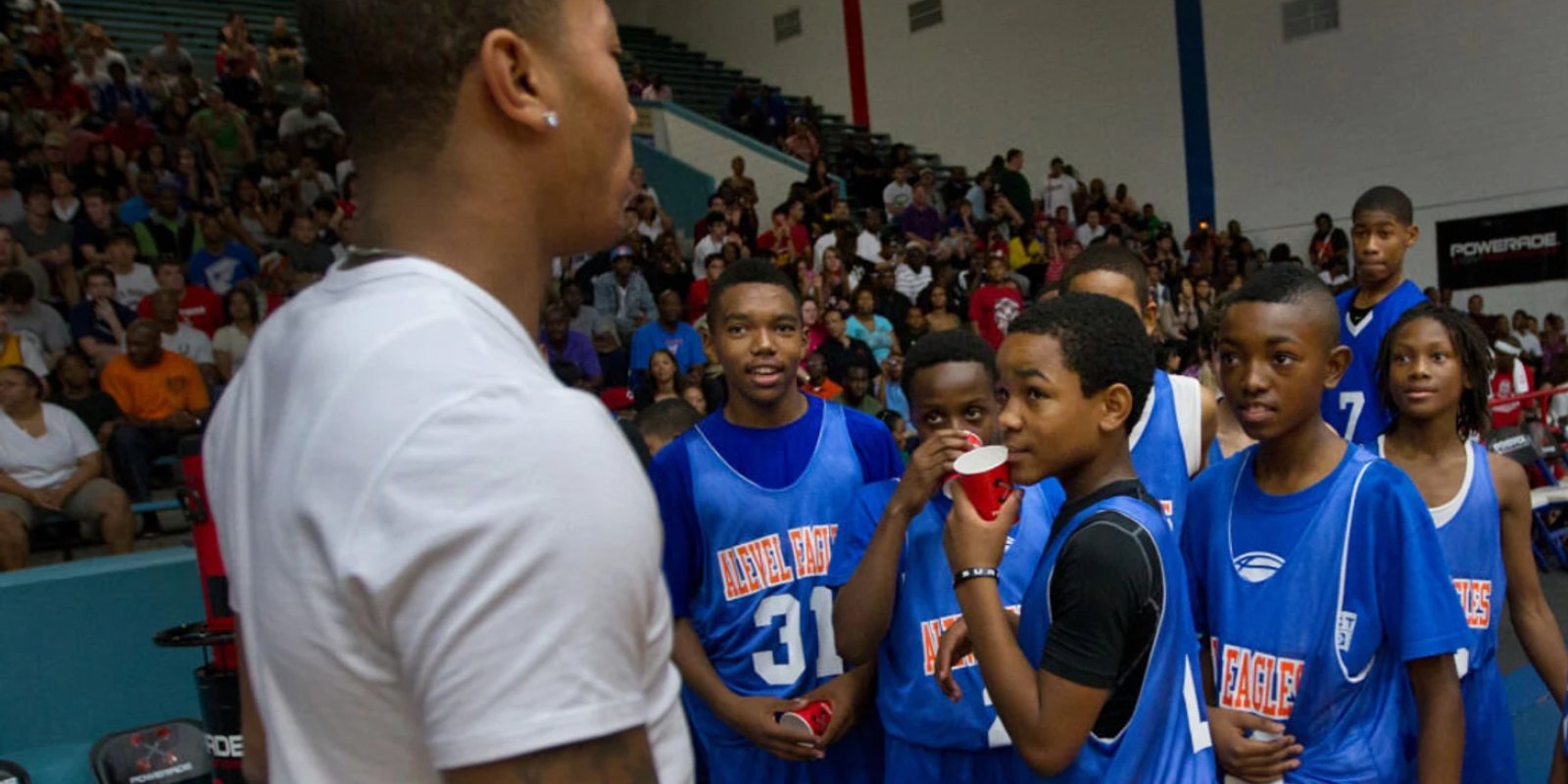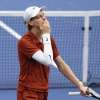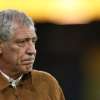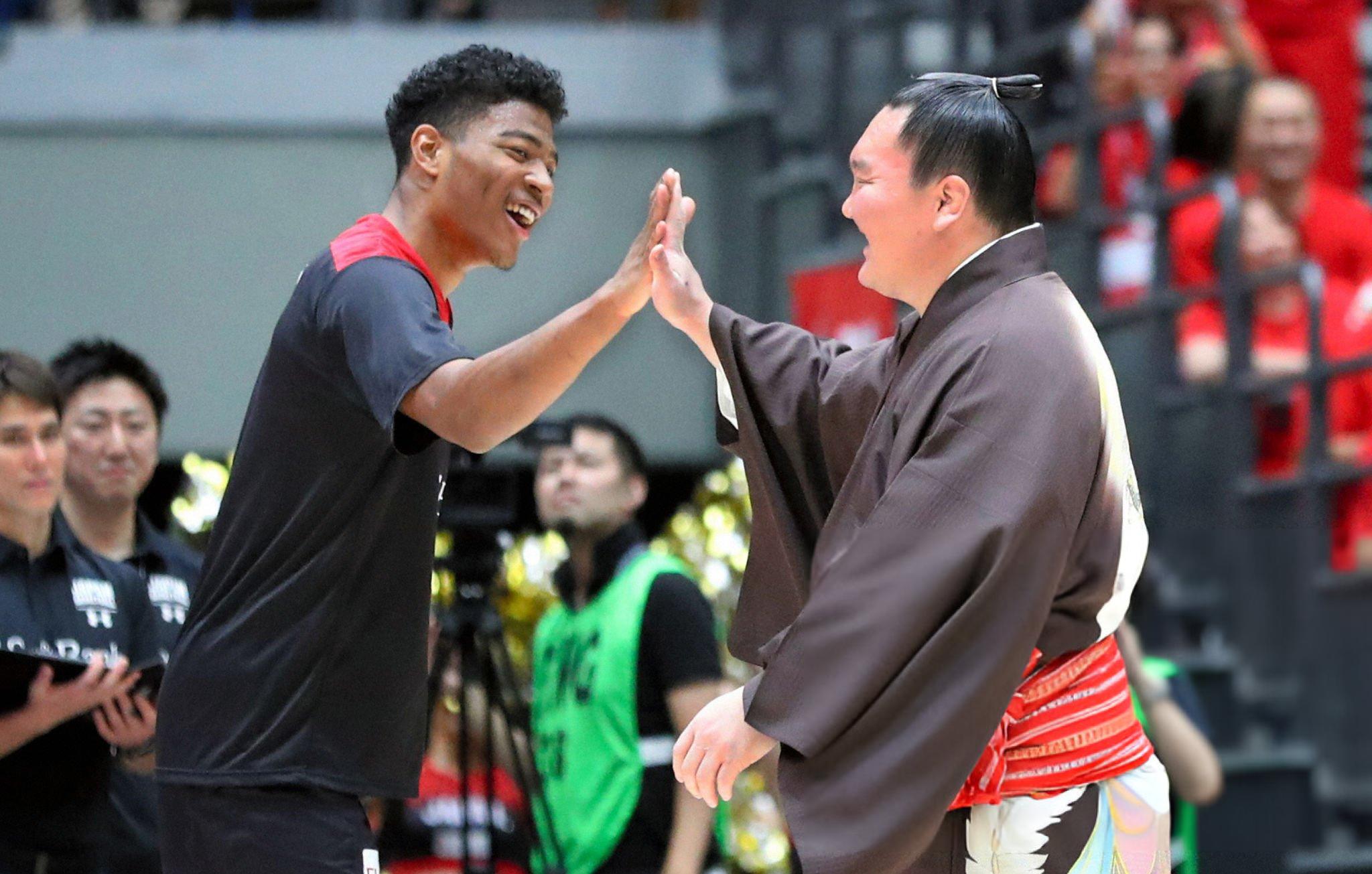
In the offseason, the Lakers are once again banking on mobility and functional power from their bigs. Against that backdrop, Rui Hachimura chose an unconventional path: training with sumo wrestlers. For a forward who is regularly trusted with the five spot in small-ball lineups, this upgrade isn’t exotic hype but a thoughtful investment in positioning battles, rebounding, and balance under pressure.
Lessons in Strength and Leverage: The Kevin Love Case Still Relevant Today
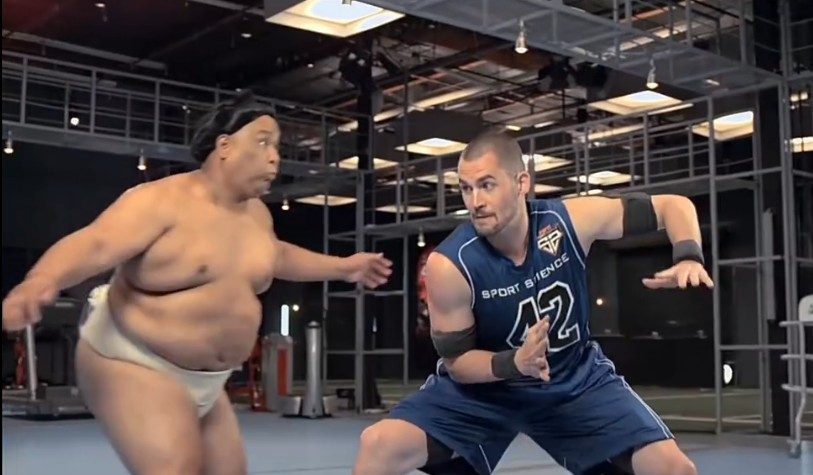
History has already shown how skills from sumo translate into basketball’s fine details. Back in the day, Kevin Love demonstrated that sound box-outs and control of the center of gravity can neutralize a larger opponent. The point isn’t to “outmuscle” but to win the angle, the stance, and the first contact. These micro-details decide the fate of a rebound and weak-side positioning — especially on teams that often slide forwards into a pseudo-center role.
Hachimura at the Five: Why Stance Matters More Than Height
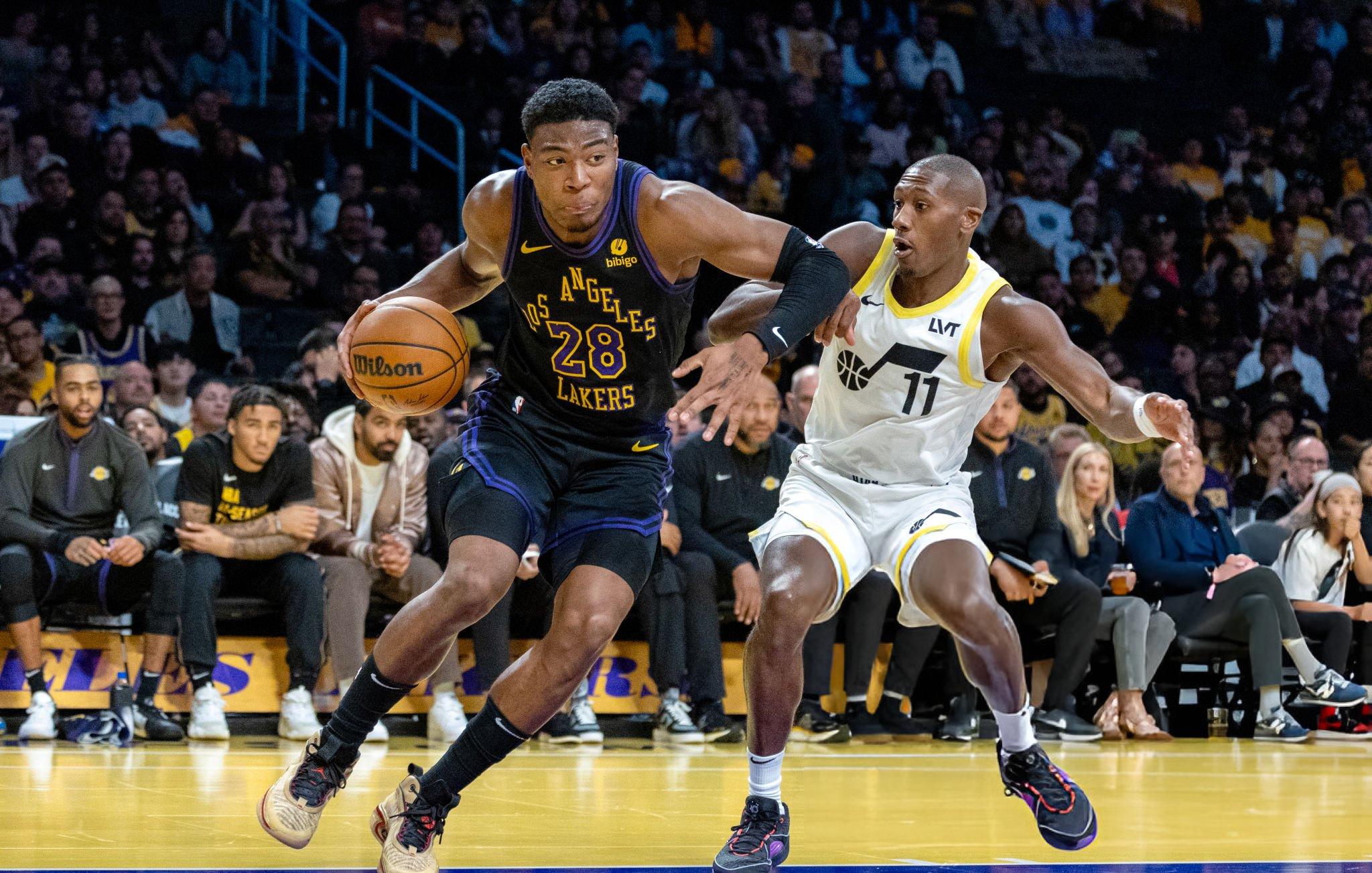
Under J.J. Redick, Hachimura is a key piece of the Lakers’ small-ball lineups. His job is to absorb contact against traditional fives, check post-ups, execute early box-outs, and avoid breaking down on switches versus stars of Nikola Jokić’s caliber. What proves decisive are a low stance, powerful legs, a short first step, and the ability to “lock” a defender on his back before the ball arrives. Sumo mechanics are a perfect trainer for these skills.
Back to the Roots: Discipline as a Competitive Edge
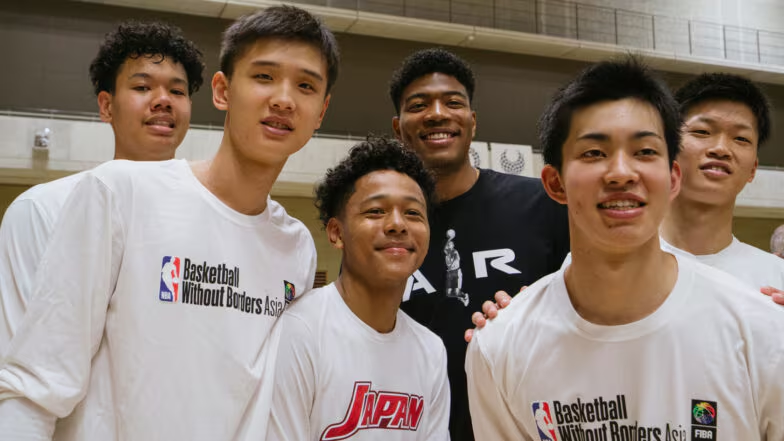
Rui was born in Toyama, spent his childhood in Japan, and moved to the United States in 2016 when he enrolled at Gonzaga. Sumo sessions are not merely a cultural nod but a way to reboot discipline: concentration, breath control, and respect for ritual. In the NBA, that turns into steadier contact, composure in the clutch, and a readiness to do the “dirty” work without any drop in quality.
Practice Over Novelty: What Training with Sumo Wrestlers Delivers
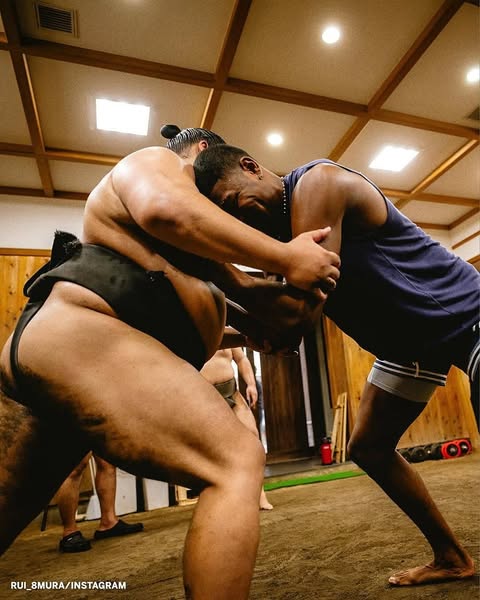
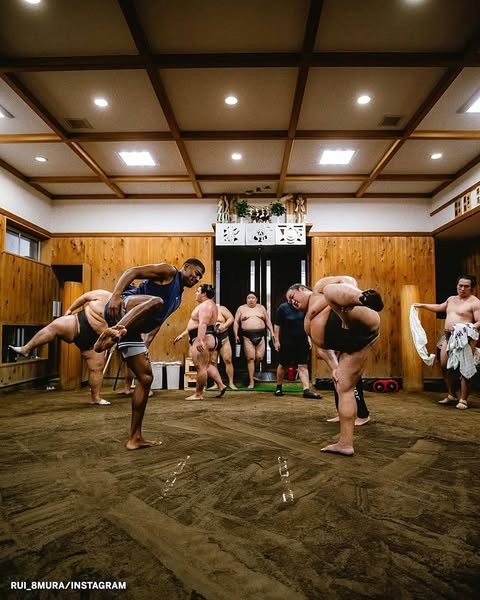
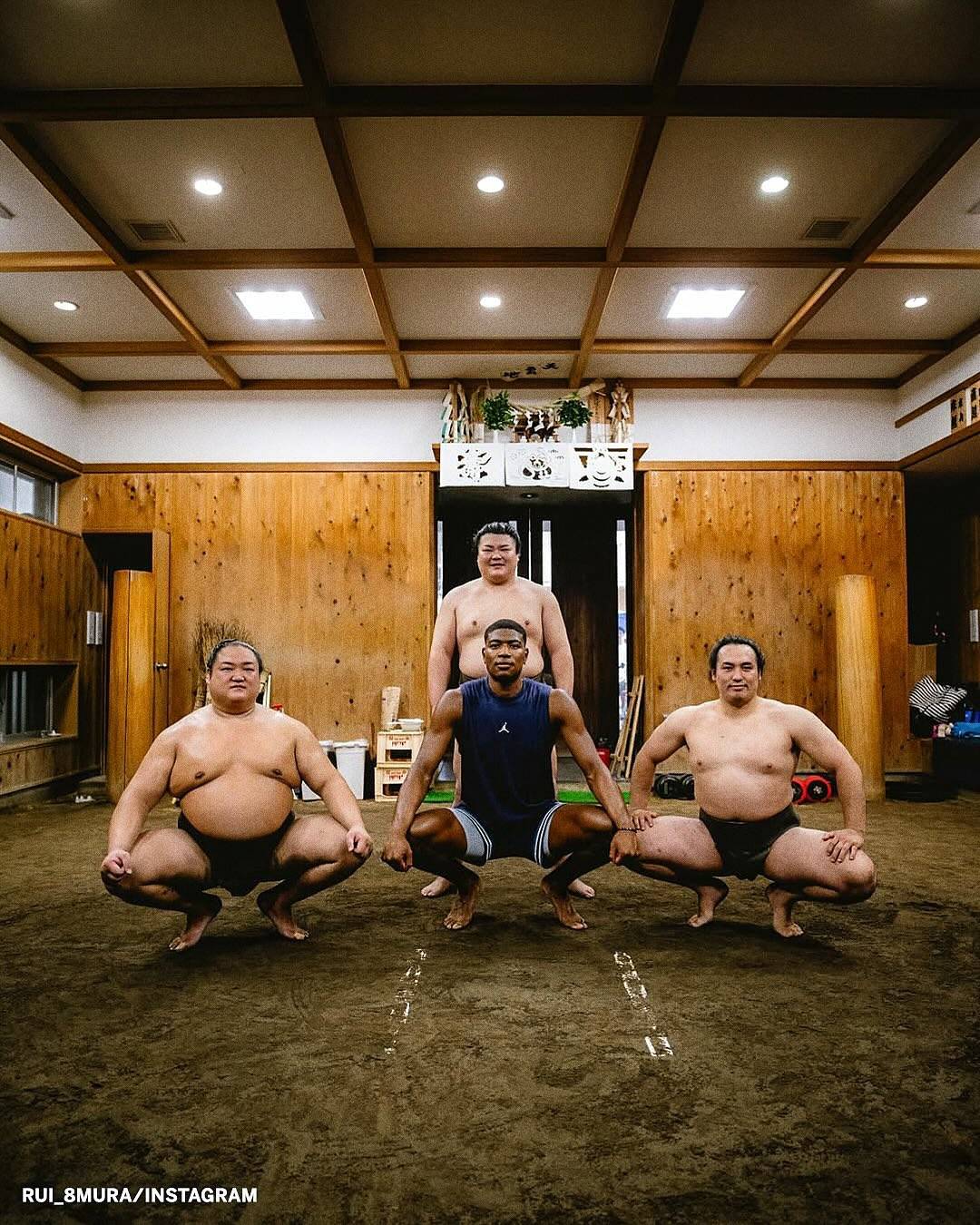
Sumo develops what traditional lifting rarely does: balance in tight corridors of space, resilience to “inhuman” pressure, and a feel for leverage in micro-movements. In basketball terms, that means stronger box-outs, more confident battles for 50/50 balls, and fewer post fouls caused by late reactions. Plus, a better anchor stance in pick-and-rolls when you need to delay the ball-handler by half a step without letting the big man slip to the rim.
The Tone of the Offseason: Competition, Roles, and Personal Goals
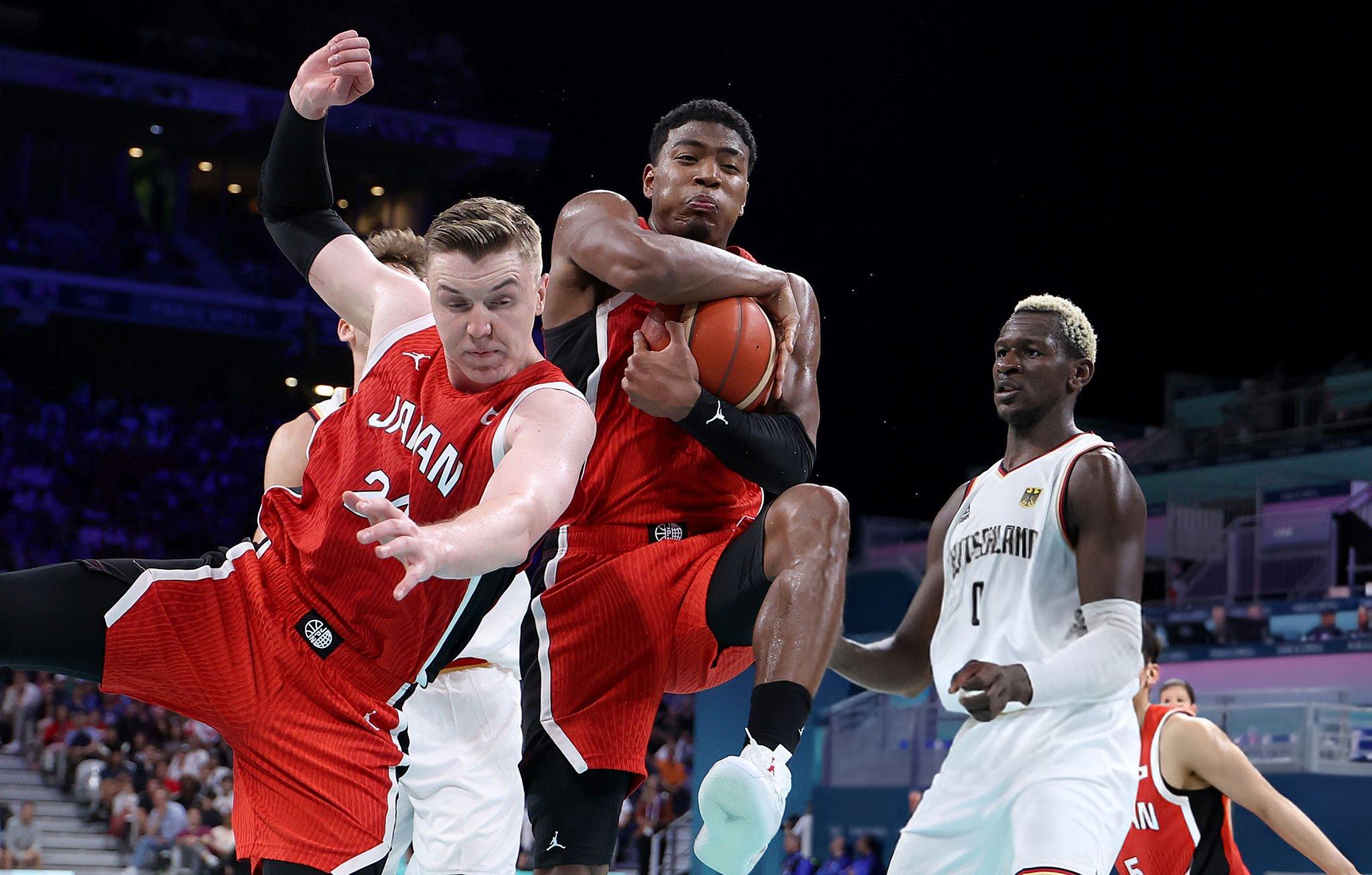
Offseason in Los Angeles is traditionally unforgiving: the rotation gets fortified, competition for minutes intensifies, and stars refresh their training emphases. Against this backdrop, Hachimura shared photos and videos from his sumo sessions — a signal to the coaching staff and teammates that he’s ready for a “grown-man” workload at the five. Ahead lie battles for clutch roles, status within the rotation, and the Lakers’ results. And the skills sharpened on the dohyō are precisely about sustaining contact longer than your opponent and winning the centimeters that decide games.


